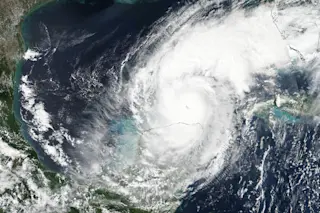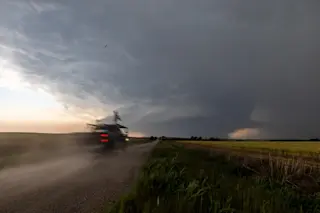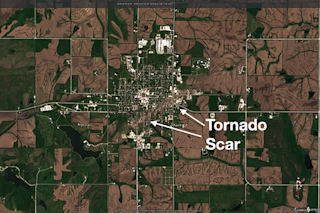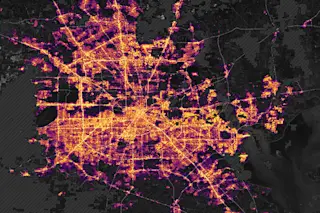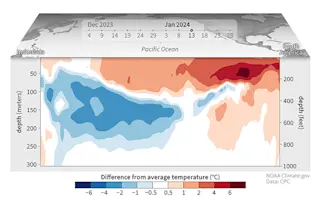Tens of millions of people are finally digging out from the record-setting storm that dumped at least a foot of snow from Maryland to Maine and into Canada's Maritime Provinces.
With near-hurricane-strength winds in places, the ferocious bomb cyclone caused vast power outages. It was unfortunately tied to the deaths of at least two people.
From it's geostationary orbital perch about 22,300 miles up in space, the GOES-16 weather satellite viewed the entire evolution of the ferocious storm: from it's birth off the Carolinas, to it's explosive growth in a process scientists call "bombogenesis," and it's sweeping movement past New England and into Canada.
While news accounts of the storm provided snippets of compelling satellite imagery, I haven't seen animations of the storm's entire lifespan, or at least most of it. With that in mind, I thought that I'd create several animations that do just that.
This first one consists ...



